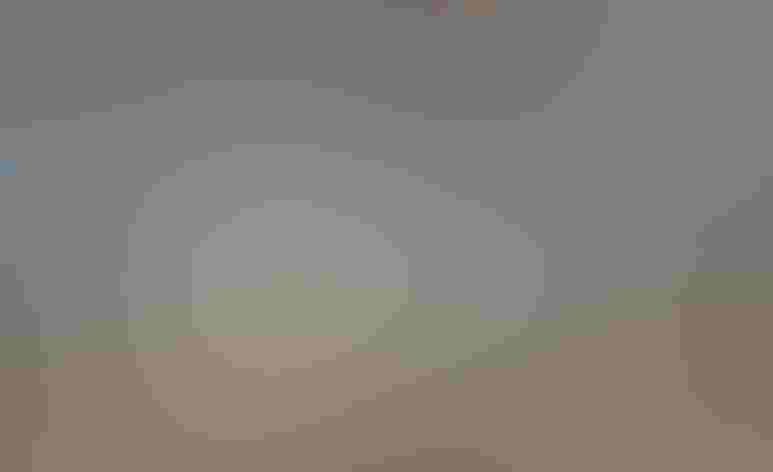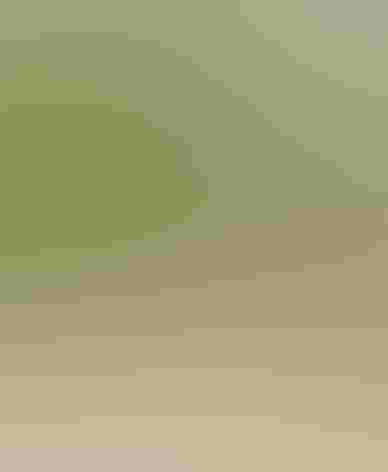Least Tern
At a Glance
Our smallest tern. Often seen flying low over the water, with quick deep wingbeats and shrill cries. Usually hovers before plunging into water for tiny prey; does more hovering than most terns. Populations are endangered in many areas because of human impacts on nesting areas, especially competition for use of beaches. However, Least Terns in some parts of the east are now nesting successfully on gravel roofs near the coast.
All bird guide text and rangemaps adapted from Lives of North American Birds by Kenn Kaufman© 1996, used by permission of Houghton Mifflin Harcourt Publishing Company. All rights reserved.
Category
Gull-like Birds, Gulls and Terns
IUCN Status
Least Concern
Habitat
Coasts and Shorelines, Freshwater Wetlands, Lakes, Ponds, and Rivers, Saltwater Wetlands
Region
California, Florida, Great Lakes, Mid Atlantic, New England, Plains, Rocky Mountains, Southeast, Southwest, Texas
Behavior
Direct Flight, Flap/Glide, Hovering, Soaring, Swooping
Population
120.000
Range & Identification
Migration & Range Maps
Leaves North America and northern Mexico entirely in winter, moving to tropical waters as far south as Brazil.
Description
8-10" (20-25 cm). Small size, narrow wings, deep quick wingbeats in flight. Adult has yellow bill with black tip, sharp white patch on forehead. Younger birds are black-billed.
Size
About the size of a Robin
Color
Black, Gray, White, Yellow
Wing Shape
Long, Narrow, Pointed, Tapered
Tail Shape
Forked, Notched
Songs and Calls
Sharp killick or kip-kip-kip-kiddeek.
Call Pattern
Flat, Undulating
Call Type
Chirp/Chip, Raucous, Scream
Habitat
Sea beaches, bays, large rivers, salt flats. Along coast generally where sand beaches close to extensive shallow waters for feeding. Inland, found along rivers with broad exposed sandbars, lakes with salt flats nearby. In winter found along tropical coasts, sometimes well out to sea.
Sign up for Audubon's newsletter to learn more about birds like the Least Tern
Behavior
Eggs
1-3, perhaps rarely more. Buff to pale green, blotched with black, brown, gray. Incubation is by both sexes; female may do more in early stages, male more later. In very hot weather, adult may dip into water and wet belly feathers to cool eggs. Incubation period 20-25 days.
Young
Leave nest a few days after hatching, find places to hide nearby. Both parents feed young. Age at first flight about 19-20 days; young may remain with parents another 2-3 months. One brood per year, sometimes two in south.
Feeding Behavior
Forages by flying over water, hovering, and plunging to catch prey just below water's surface. Sometimes dips down to take prey from surface of water or land, and may catch insects in flight.
Diet
Fish, crustaceans, insects. Diet varies with season and location; mostly small fish, crustaceans, and insects, also some small mollusks and marine worms.
Nesting
Nests in colonies, sometimes in isolated pairs. In courtship, male (carrying fish in bill) flies upward, followed by female, then both glide down. On ground, displays include courtship feeding. Nest site is on open ground (or on gravel roof). Nest is shallow scrape, sometimes lined with pebbles, grass, debris.
Conservation
Conservation Status
Several populations are endangered. On coasts, nesting areas often disturbed by beach-goers. On inland rivers, fluctuating water levels (from releases from major dams) often flood out nesting sites on sandbars.
Climate Threats Facing the Least Tern
Choose a temperature scenario below to see which threats will affect this species as warming increases. The same climate change-driven threats that put birds at risk will affect other wildlife and people, too.














